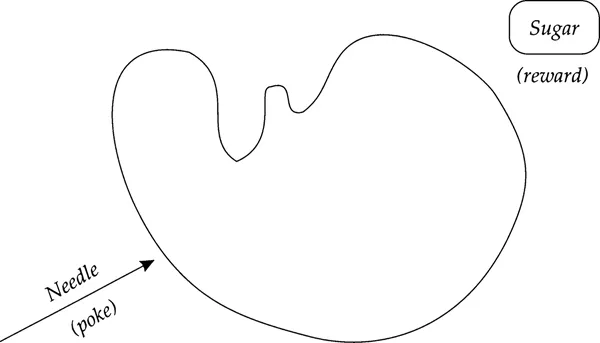
Coaching
Evoking Excellence in Others
James Flaherty
- 244 pagine
- English
- ePUB (disponibile sull'app)
- Disponibile su iOS e Android
Coaching
Evoking Excellence in Others
James Flaherty
Informazioni sul libro
Now in its fourth edition, the bestselling, seminal book by James Flaherty, Coaching: Evoking Excellence in Others, is an insightful, thought-provoking, pragmatic guide that dissects the art and science of coaching.
This fourth edition includes two brand new chapters: the first is on finding one's inner guidance and purpose in traversing the world of work, especially in more uncertain working environments; and the second is on the topic of somatic intelligence. As in earlier editions, this foundational book in coaching clearly presents the theories, concepts, and models, and then moves on to consider rigorous methods of practice and self-observation in a relationship of mutual trust, respect, and freedom of expression. It will probe you to rethink how you relate to your clients and your staff, how you produce long-term excellent performance in yourself, and how you can become more effective in helping others to achieve their goals.
Coaching, Fourth Edition is a rich learning resource guide for new and experienced coaches who want to challenge their methods of partnering with clients. It is also an inspiring guide for training managers and leaders, human resource development managers, and general managers who want to develop their teams.
Domande frequenti
Informazioni
1 The Foundation for Coaching
Our chief want in life is someone who will make us do what we can.—Emerson
Why Coaching Now?
- The need for innovation is endless. Businesses must keep reinventing not only their products and ways of delighting their customers, but also the way they organize themselves; communicate so as to coordinate activities; and stay current with changes in technology, demographics, politics, government regulations, and so on.
- Because of relentless downsizing and reengineering efforts, the traditional relationship between organization and employee has been changed in a way that is probably irreparable. Consequently, even outstanding performers do not anticipate staying with one organization for their entire career and are always working with the knowledge, at least in the background, that their current position is temporary. Organizations have to find a way to retain such people as long as possible by providing both attractive compensation and a chance to continuously learn.
- Organizations by necessity are having to work in multicultural environments. This happens when organizations recruit or market in other nations as well as within the United States, as our demographics evolve from the historic Eurocentrality.
What Is Coaching?
The Products of Coaching
Long-Term Excellent Performance
Self-Correction
Self-Generation

An Alternative Model of Coaching

- Nothing long term can come from the amoeba theory; as soon as the stimulus ends, the behavior ends.
- People are more clever than amoebas and we learn to get the reward without doing the action. Many of us have learned, for example, how to get top grades in college without really learning much, and organizations are full of people who have mastered looking good, while not accomplishing anything of use.
- The amoeba theory eliminates the possibility of people being self-correcting because they are merely responding to stimuli and not correcting according to principles, desired outcomes, or values.
- The amoeba theory weakens people every time it’s applied because it habituates people to taking actions only when someone else provides the stimulus. This is terrific when we want passive, nonthinking drones, but deadly when we expect initiative, innovation, risk-taking, and creativity.
- The amoeba theory eliminates the chance for people to be self-generating because their ambition and curiosity are crushed, since any unauthorized initiatives or unsanctioned relationships are thwarted. All attention must be on only those actions that lead to the immediate cessation of the pain or the immediate acquisition of the reward. The immediate is worshipped. The building of long-term competence is thwarted.